Winter Tales. Stories of Art from Bacchus to Jesus is the title from the exhibition that the Caretto & Occhinegro Gallery has set up within the spaces of the Antonello Colonna Resort in Labico: a dry but rich exhibition of important works, expertly enhanced by twilight lighting and a play of seats of different shapes, styles and degrees of comfort that catapult the visitor within a Dickensian atmosphere. The entrance to the room devoted to the exhibition is preceded by the cozy lit fireplace, the elegantly decorated Christmas tree, and the neat wine cellar of precious wines, all of which announce the exhibition experience and introduce the visitor to the subjects portrayed by Jan Brueghel the Elder, Joris Fraet, Franz Christoph Janneck, and Cornelis Massy, whom he or she will soon admire. Of no less importance are the large glass side walls that allow the visitor to fully enjoy the misty pesage of this season that surrounds the resort, and thus the exhibition hall, and thus even more to breathe in that atmosphere that brings us back to the title of the exhibition.
One year after Ápeiron, the first exhibition at the resort on the outskirts of Rome, and after the success of the second one dedicated to the blossoming in nature in the spring and summer period, Caretto & Occhinegro continue the tale of the seasons with an exhibition dedicated to autumn and winter as seen through the eyes of some important Nordic artists. As Massimiliano Caretto and Francesco Occhinegro themselves explain, “the link with the theme of the seasons seemed to us the best way to reiterate first of all the infinite potential of a place like this, capable of uniting Culture and Nature like no other. Secondly, we would like to confirm what Antonello expressed, being able already to announce preparations for a major exhibition next year, on the occasion of the Resort’s eleven years of opening. The location of our Gallery, here in this unique place, is a choice we are increasingly convinced of and one that will give us the opportunity for more and more exciting projects in the future.”


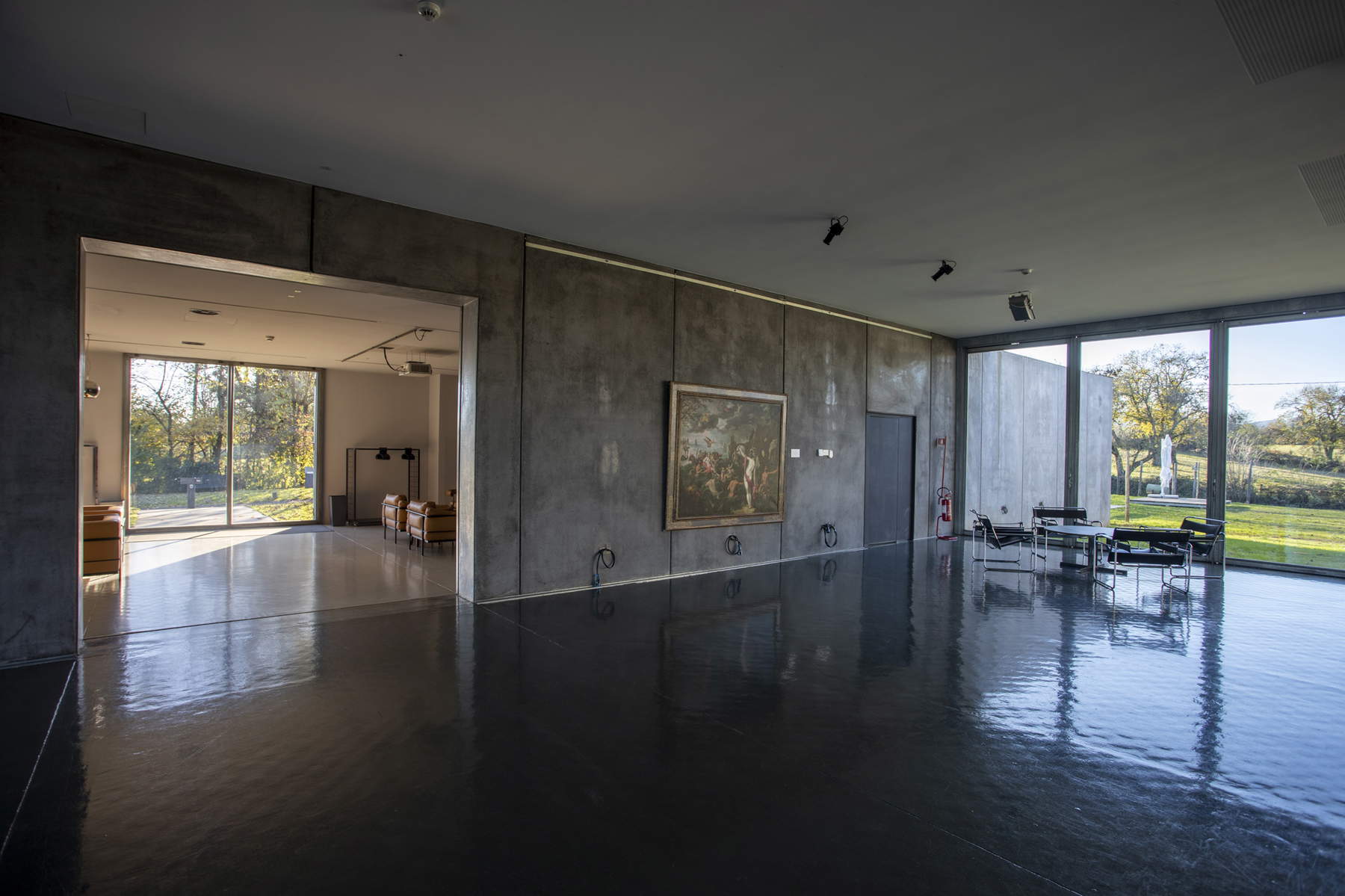
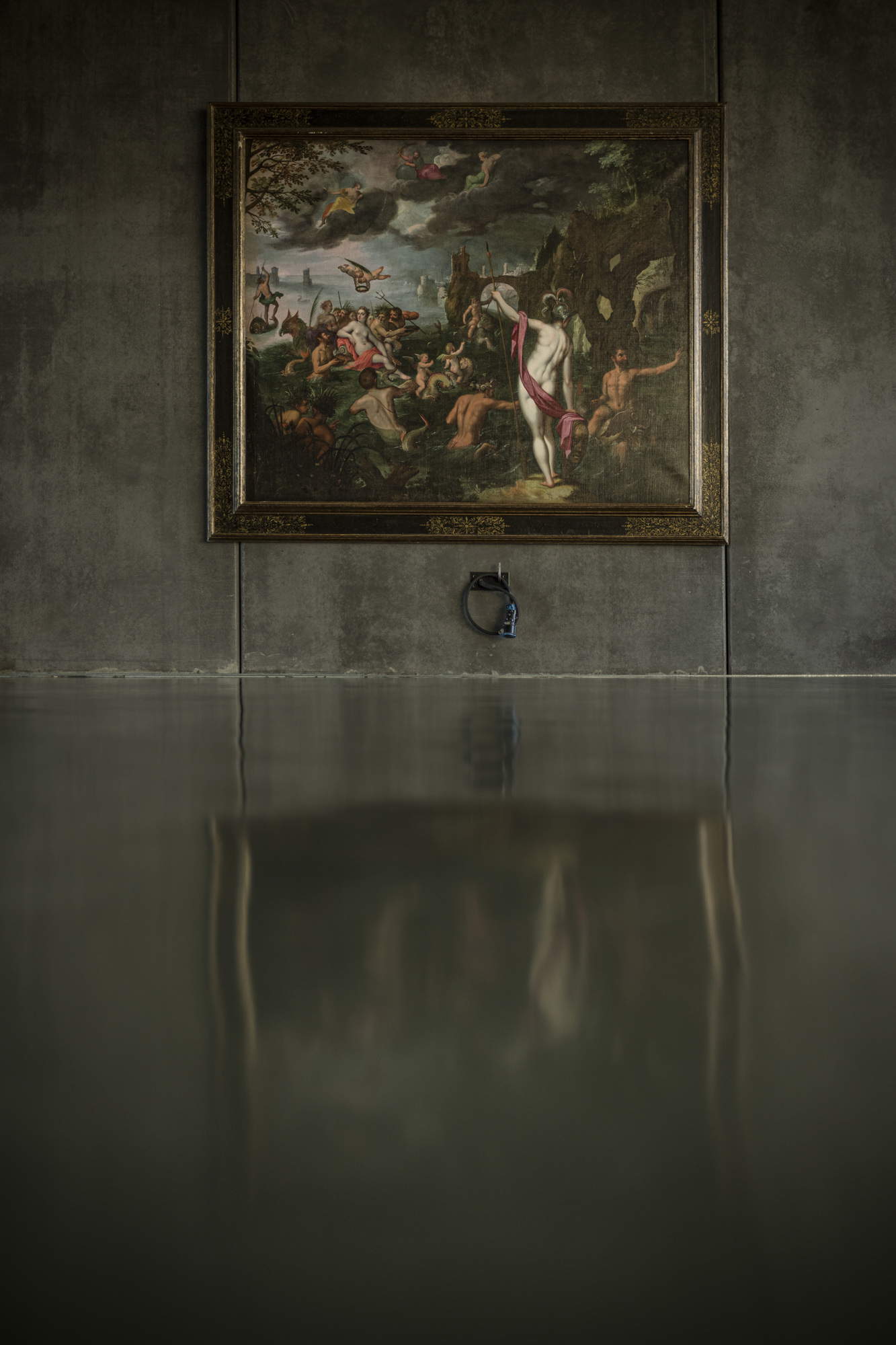
The narrative begins with Jan Brueghel the Elder’s Triumph of Neptune and Amphitrite, a work in which rain-laden clouds prepare for the arrival of the cold season, and hints at the mythological thread that binds the works in the exhibition. In fact, it continues with a panel painting, also by Jan Brueghel the Elder but made in collaboration with Frans Francken the Younger, which depicts the myth of Pluto and Proserpine (it is said that during the six months in which the young daughter of Ceres joined Pluto in the underworld, autumn and winter arrived on earth), and which also represents an important discovery by Caretto and Occhinegro since it is an unpublished painting, which the two gallery owners declare to be of “museum importance.” The scene is set on a winter night: Ceres, who is searching for her Proserpine, wanders solitary until she arrives at a peasant hut, where she is met by a blind old woman and a child who, not recognizing her, teases her, and will be punished by the vengeful goddess, who will turn him into a lizard.
The exhibition also features a copper plate painted by Franz Cristoph Janneck and depicting the Latin motto Sine Cerere et Baccho, Friget Venus (“Without Ceres and Bacchus, Venus cools down”), expressing well the pagan conception of sensual pleasure. In fact, the painting effectively represents the lesson of the ancient Romans that food (Ceres) and wine (Bacchus) promote love (Venus). In the work, Bacchus and Ceres thus warm Venus with some gifts while around them nymphs and satyrs celebrate the feeling of love and particularly love during the winter season, when the feeling is warmed by the pleasures of table and bed.
However, there is a way to probe the Christian meanings of the winter season as well. Indeed, the remaining works in the exhibition deal with typically “Christmas” themes, such as the Nativity, the Adoration of the Magi and the Flight into Egypt. The most important work in this regard is theAdoration of the Magi by the Flemish artist Joris Fraet, an altarpiece that, Caretto and Occhinegro write, “displays a profusion of unique details to accompany a scene rich in symbolism and hidden meanings, all alluding to the rebirth that will occur at the end of Winter.” This is an exceptional presence in the exhibition since very few safe works are known about Joris Fraet, despite the fact that he can be considered one of the most important Flemish artists of the 16th century. Finally, the exhibition concludes with a work with a convivial theme and exemplifying the Golden Age of Dutch painting: it is Pieter Cornelis van Rijck’s Peasant’s Kitchen, a painting that in a riot of color and with great realism depicts a kitchen where we see eggs, fish, bread, onions, and butter, to remind the visitor, as the gallerists state, “that appetite, first of all, comes by looking.”
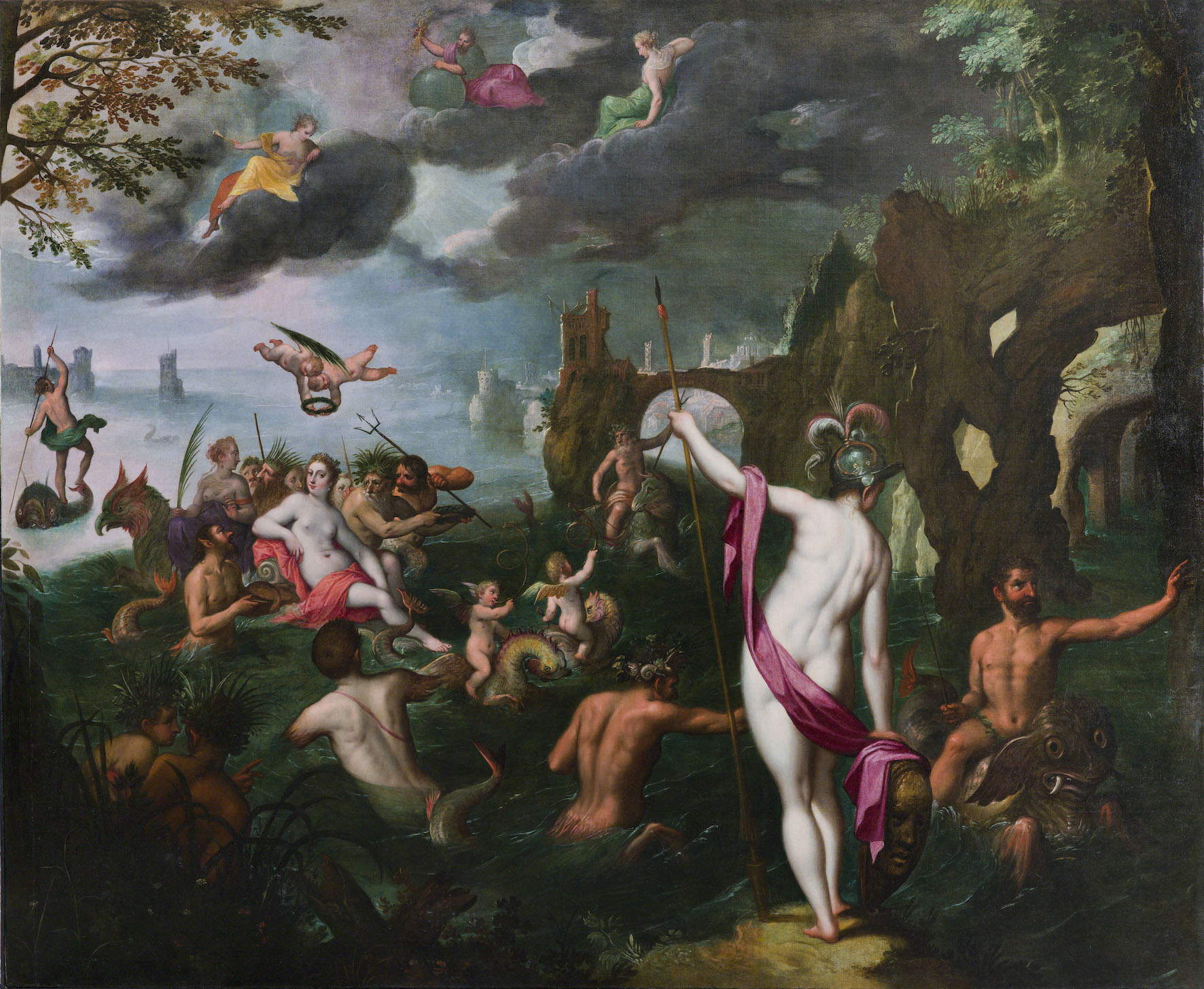
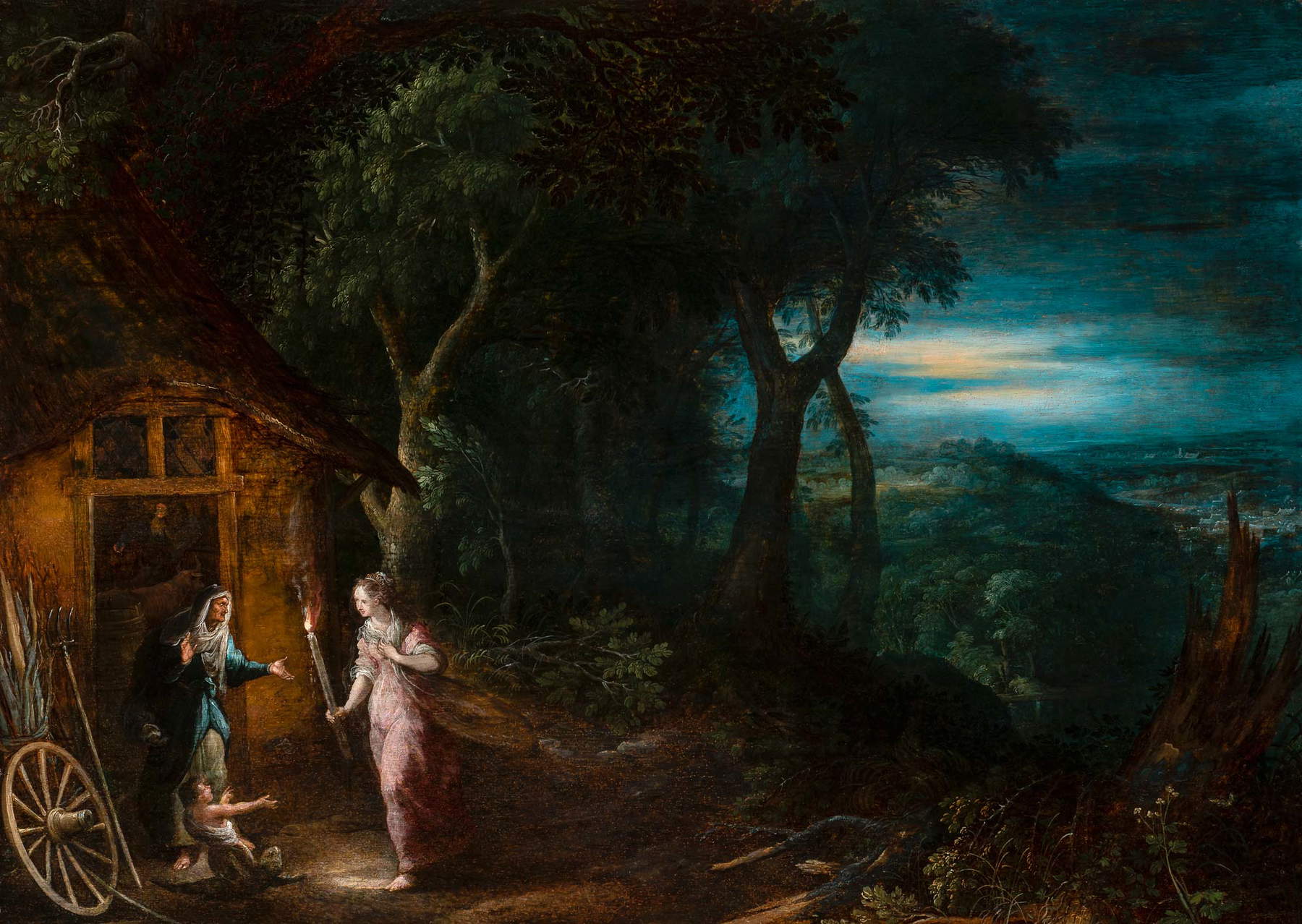
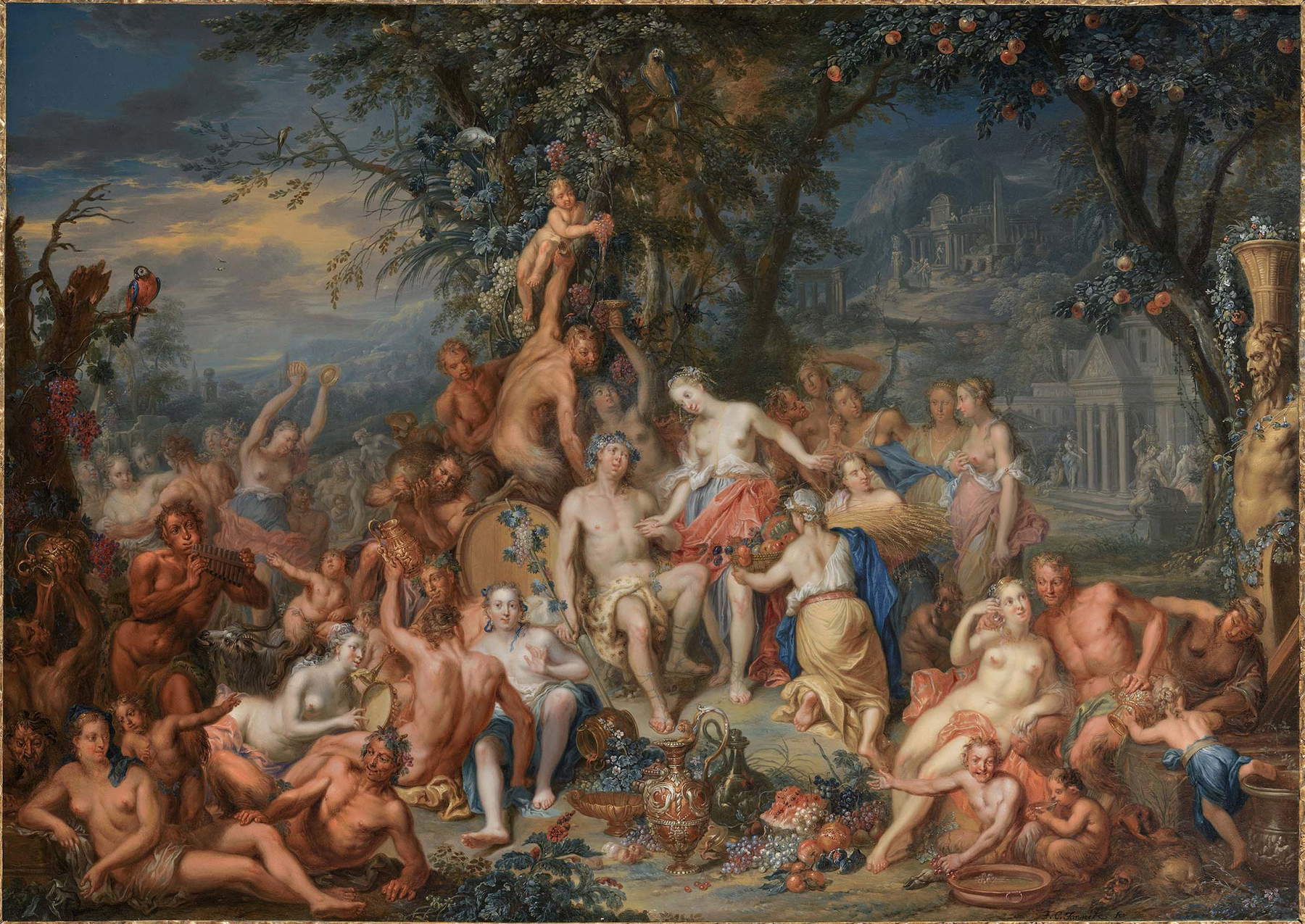
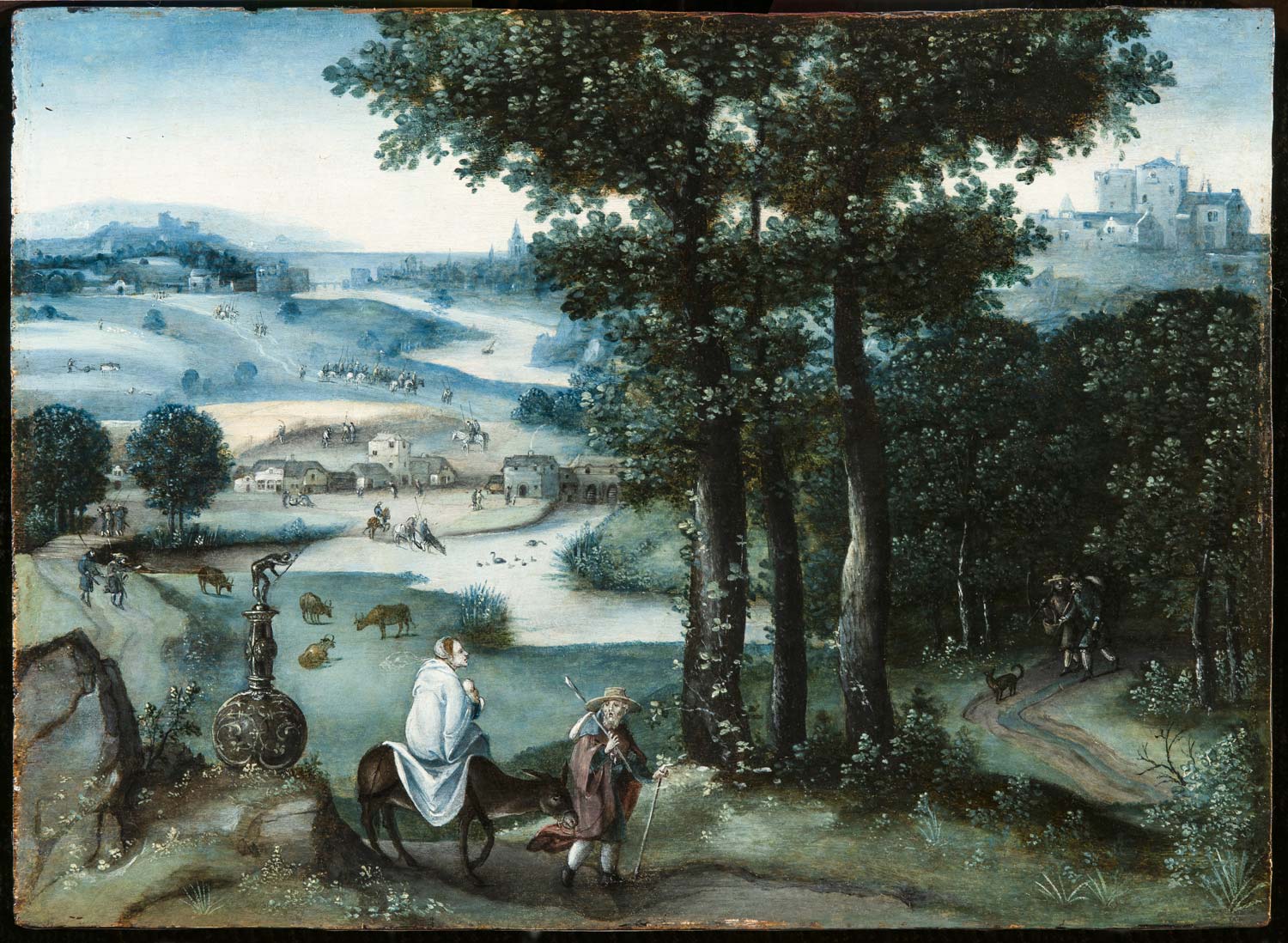
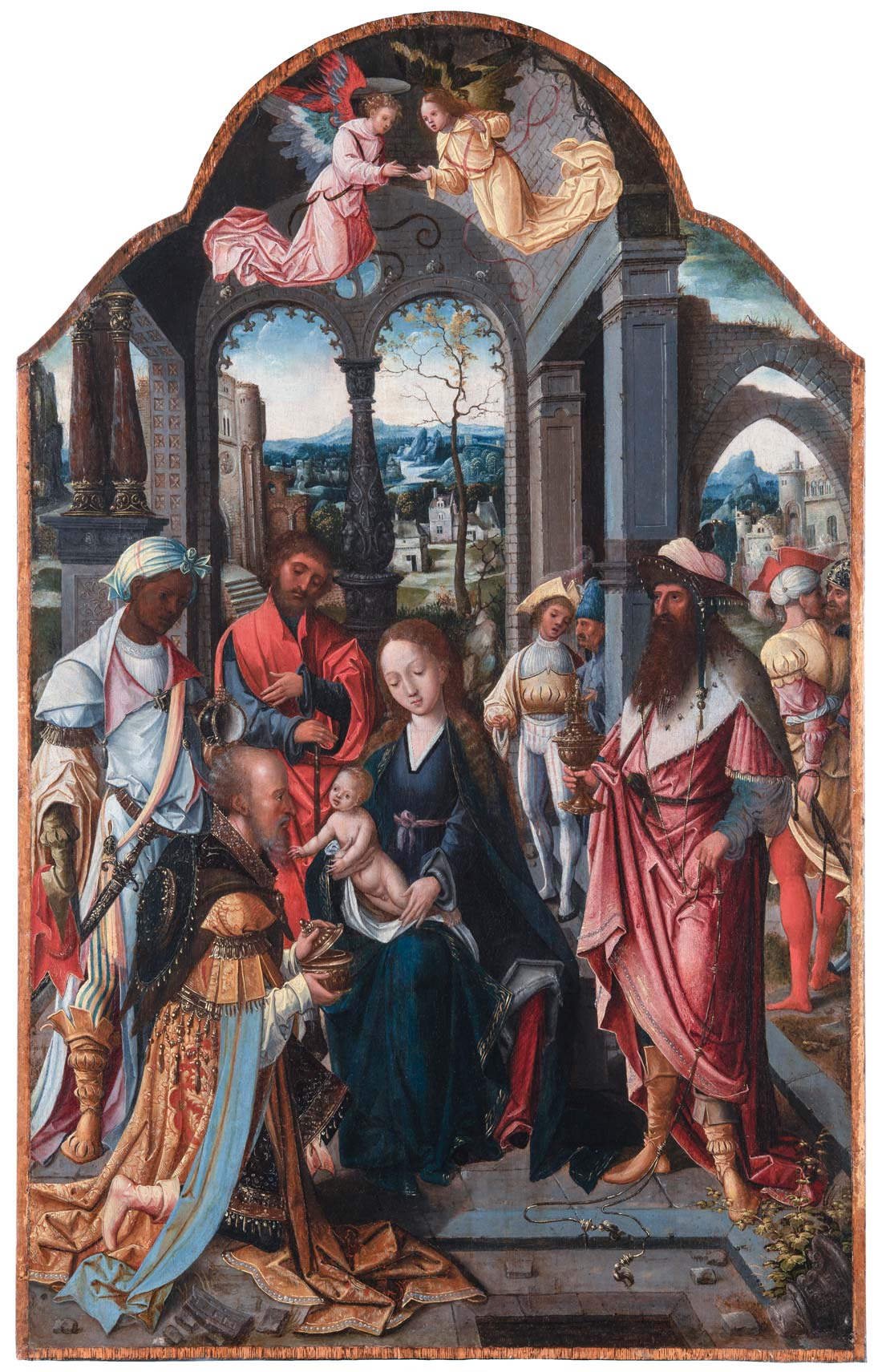

Warning: the translation into English of the original Italian article was created using automatic tools. We undertake to review all articles, but we do not guarantee the total absence of inaccuracies in the translation due to the program. You can find the original by clicking on the ITA button. If you find any mistake,please contact us.